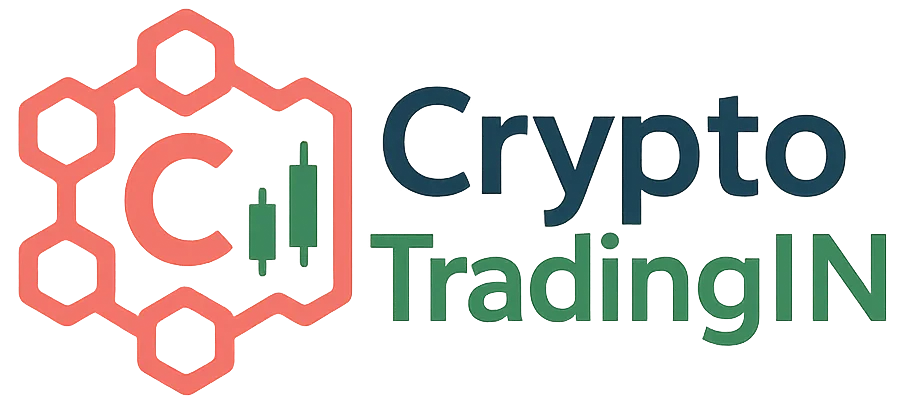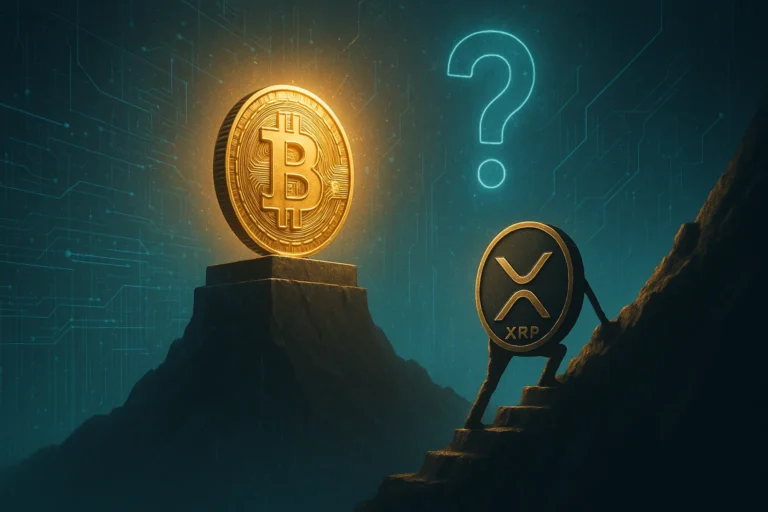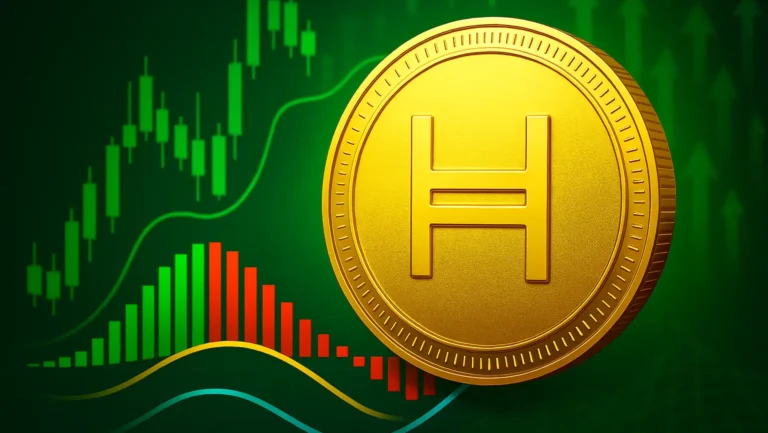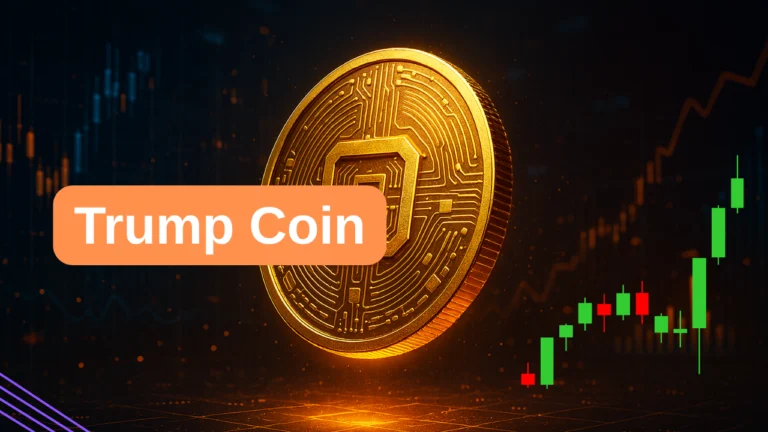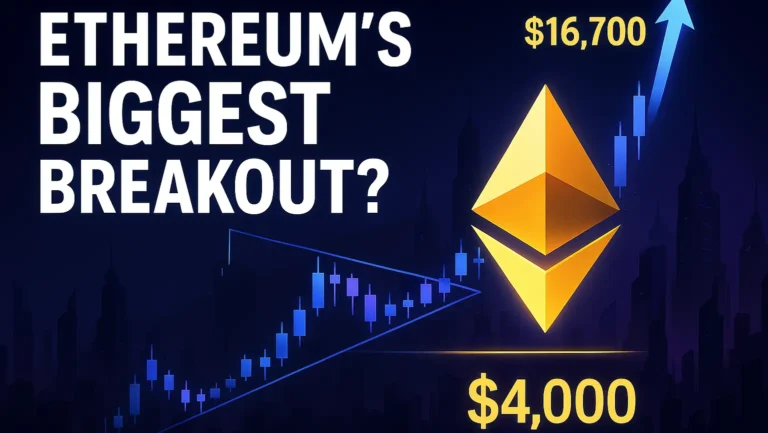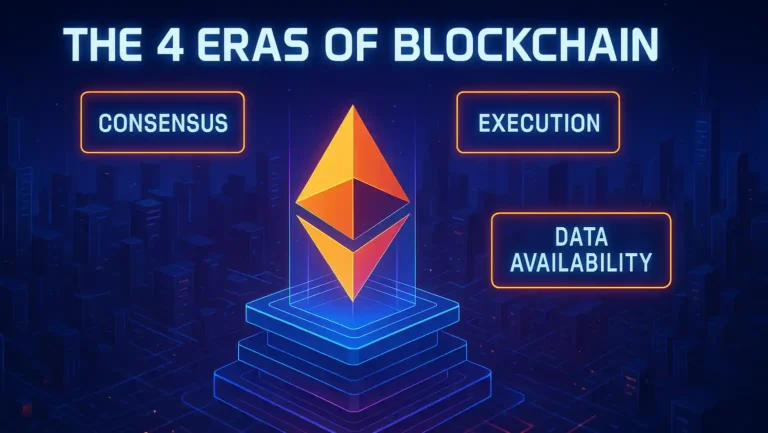Jito Coin Gains After Upbit Listing & SubDAO Buzz: What’s Driving It?
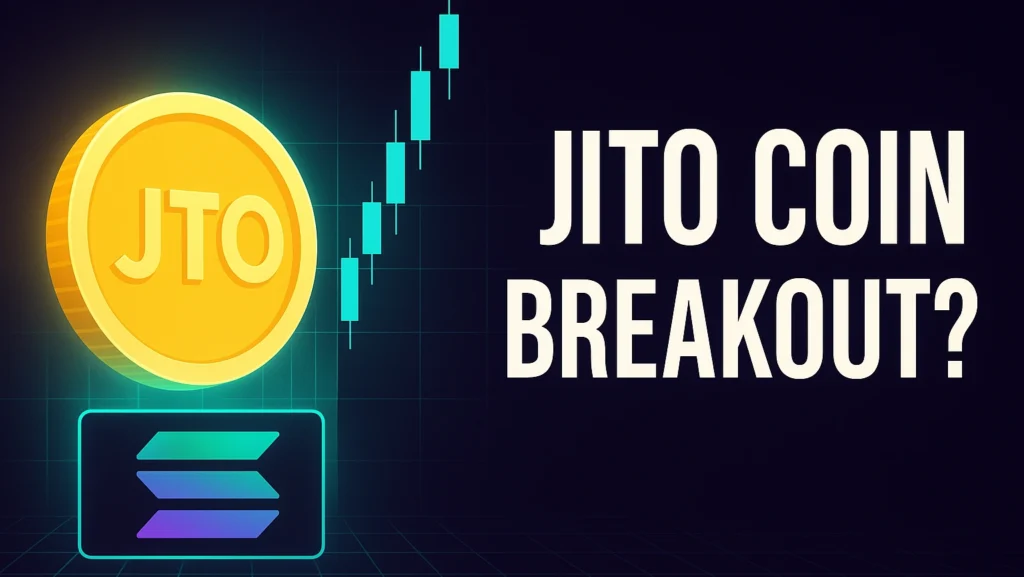
Jito Coin
Jito Coin (JTO), the governance token powering Solana’s innovative liquid staking platform Jito Network, is gaining serious momentum in the crypto market.
Over the past week, the token has seen a strong price recovery and increased media attention, largely due to two significant developments: a high-profile listing on Upbit, one of South Korea’s leading exchanges, and a major SubDAO governance proposal that could reshape the token’s economic structure.
As traders, investors, and analysts turn their focus to Jito Coin, the question many are asking is: can JTO retest the $3 level in the near term? This article dives deep into the factors driving JTO’s price action, the fundamentals of the Jito protocol, and the implications of its latest community proposal.
Jito Coin: A Quick Overview
Launched as part of the broader Jito Network, JTO serves as the governance token for the protocol. Jito Network operates on Solana and specializes in liquid staking and MEV (Maximal Extractable Value) optimization.
Rather than locking SOL tokens in traditional staking contracts, users can stake their SOL through Jito and receive JitoSOL, a liquid derivative that can be used in decentralized finance (DeFi) applications like lending, yield farming, and trading – all while continuing to earn staking rewards.
JTO plays a critical role in governance. Token holders can vote on proposals that control fees, yield distributions, protocol upgrades, and most recently the formation of new SubDAOs aimed at accelerating network utility and token value.
Upbit Listing Fuels Sudden Market Demand
On July 21, 2025, Upbit, South Korea’s largest cryptocurrency exchange by trading volume, officially listed JTO. The announcement was met with significant enthusiasm across both retail and institutional investor communities in Asia. The listing not only brought additional liquidity to the token but also signaled confidence in Jito’s long-term viability.
As a result, JTO witnessed a sharp price surge of nearly 30% within 24 hours of the listing, rising from $1.52 to highs of around $1.99. While it remains far below its all-time high of $6.01, set back in December 2023, the renewed interest has reignited speculation among investors.
Volume across Korean trading pairs surged, and JTO briefly trended on regional search platforms and forums like Naver and KakaoTalk, showing the strength of South Korea’s crypto influence – a country known for moving markets when new tokens are listed.
Read: What Is Going On With Crypto Today
SubDAO Proposal: A Governance Game-Changer
Just days before the Upbit listing, the Jito Foundation put forth a powerful governance proposal, the creation of a “Cryptoeconomics SubDAO.” This initiative is designed to give the community more control over JTO’s tokenomics while implementing value-enhancing mechanisms such as:
- Strategic token buybacks: The SubDAO would be authorized to purchase JTO tokens on the open market using a portion of protocol revenues, helping to create buying pressure and reduce circulating supply.
- Staking subsidies: A portion of the treasury could be used to temporarily increase staking APYs, attracting more users to stake their SOL through Jito.
- Fee switch vaults: Future fees collected by the protocol may be redirected into a vault governed by JTO holders, giving them a direct stake in protocol revenue.
Voting on the proposal began earlier this week, and within 48 hours, the vote had already reached quorum, a strong signal of community alignment. Most voters have supported the initiative, suggesting the crypto community is optimistic about the impact this could have on JTO’s long-term value.
Why This Matters: Utility-Driven Demand
The most successful governance tokens in DeFi are those that evolve beyond simple voting tools. In Jito’s case, the SubDAO represents a major shift in how value is returned to token holders.
Instead of being a passive governance asset, JTO could soon function like a yield-bearing token, similar to how tokens like Curve’s CRV or Aave’s AAVE drive real incentives. This changes the investment thesis for JTO: it becomes not just a governance play, but a yield + growth play.
This kind of token utility, if executed correctly- can significantly increase long-term demand.
Can JTO Reach $3 Again? Price Outlook and Forecasts
At its current range of $1.90–$2.00, JTO is trading well below its ATH. However, if current momentum sustains and the SubDAO successfully launches, analysts believe a price recovery toward the $2.50–$3.00 range is feasible in the near term.
Bullish Scenario:
- SubDAO passes and implements effective buybacks.
- Upbit volume drives new listings on Binance or Coinbase.
- Liquid staking demand for JitoSOL increases.
Bearish Scenario:
- Wider crypto market pulls back due to macroeconomic conditions.
- SubDAO implementation delays or fails to impact price.
- Competition from Lido and Marinade dilutes Solana staking market share.
Technical indicators show that JTO has formed a support base around $1.85, and a breakout above $2.10 could signal a medium-term rally.
How Jito Compares to Other Liquid Staking Protocols
The liquid staking sector is becoming increasingly competitive. Ethereum has Lido, Rocket Pool, and Stader. On Solana, Jito competes with Marinade Finance and BlazeStake.
However, Jito’s MEV integration gives it a unique edge. MEV (Maximal Extractable Value) allows validators to reorder transactions for optimal profit and Jito shares part of that MEV yield with users, making it one of the few protocols combining MEV with staking. This feature could become a core differentiator in the next DeFi cycle.
Community Response and Developer Engagement
Since the SubDAO proposal launched, community engagement has spiked. Jito’s Discord and governance forums have seen an influx of new users asking questions, debating tokenomics, and even proposing improvements to the proposal itself.
At the same time, developers are working on expanding JitoSOL integrations into lending platforms like Solend and margin trading systems like Mango Markets, which would make JitoSOL more useful across Solana DeFi.
This developer activity combined with strong governance engagement – is exactly the kind of signal Google Discover tends to pick up when recommending crypto-related content to interested readers.
Final Thoughts
Jito Coin is currently in a pivotal phase. With a successful exchange listing and a bold governance overhaul in progress, the token has reclaimed attention from investors and analysts alike. The coming weeks will be critical: will the SubDAO proposal deliver on its promise? Will new DeFi integrations increase demand for JitoSOL? Will JTO reclaim its former highs?
While it’s impossible to predict exact price movements, one thing is clear – Jito is no longer flying under the radar.
For traders, researchers, and crypto enthusiasts watching the Solana ecosystem, JTO is one of the tokens to keep a close eye on as the next governance era begins.
Disclaimer: Always do your own research. Crypto investing carries risk. This content is educational, not financial advice.
Read:- Bitcoin vs Altcoins: Why Altcoins Are Declining Compared to Bitcoin 2025
